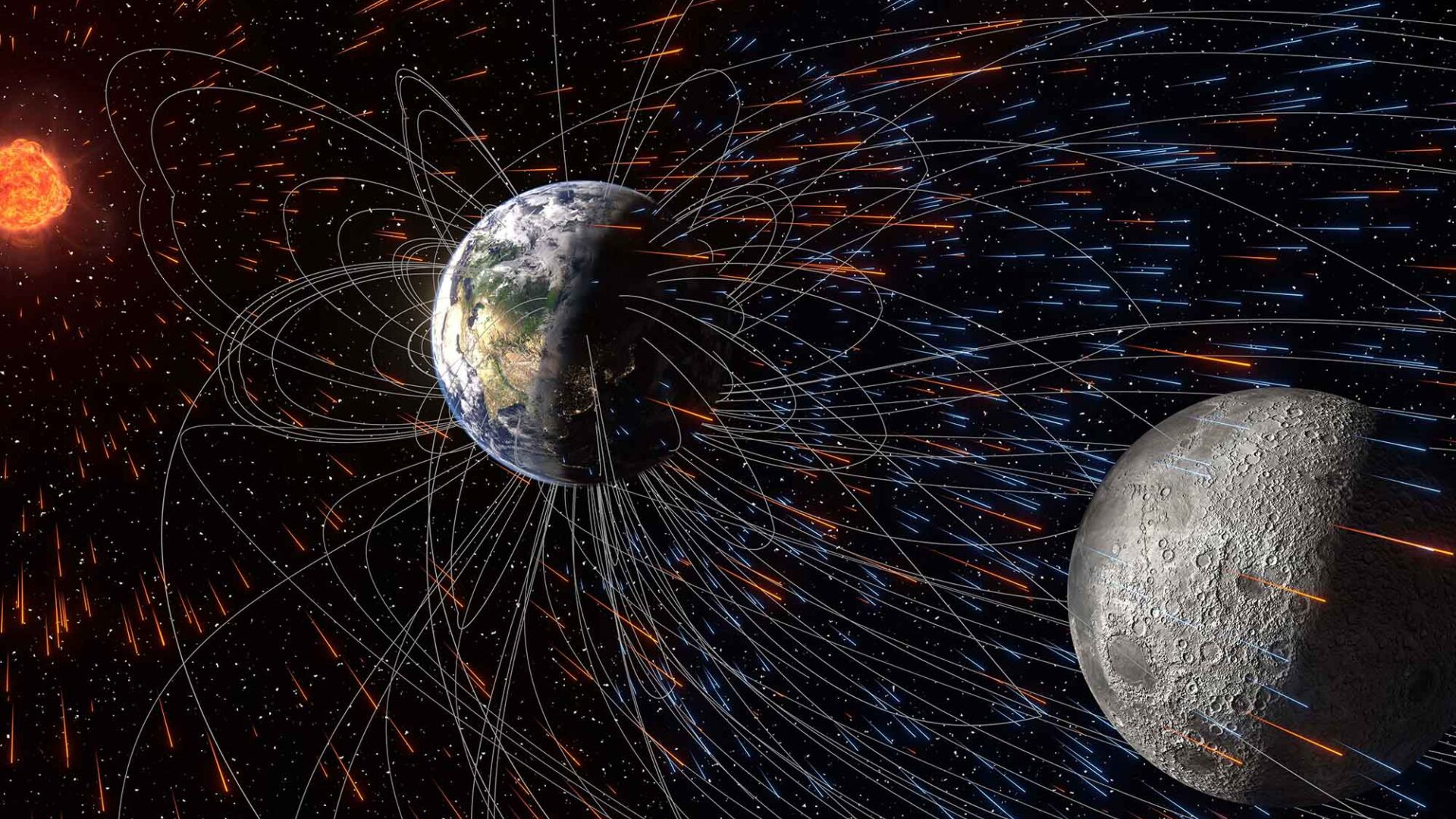Chinese astronauts install debris shields on Tiangong space station during 8.5-hour spacewalk (video)
Two Chinese astronauts have completed the second spacewalk of their six-month-long mission in Earth orbit.
Cai Xuzhe and Song Lingdong, part of China's three-person Shenzhou 19 mission, completed an 8.5-hour extravehicular activity (EVA) — or spacewalk — at 12:12 p.m. EST on Jan. 20 (1712 GMT; 1:12 a.m. Beijing time on Jan. 21). The pair were supported by crewmate Wang Haoze from inside the Tiangong space station.
Mission commander Cai and Song completed multiple tasks before returning to the Wentian module airlock, according to China's human spaceflight agency, including the installation of space debris protection devices and inspecting the exterior of the space station.

It was the second time the pair have embarked on a spacewalk. Their previous EVA, in December 2024, set a new record for spacewalk duration.
Related: Chinese astronauts perform record-breaking 9-hour spacewalk outside Tiangong space station (video)
Chinese astronauts have conducted numerous spacewalks during a series of Shenzhou missions to Tiangong. Many have focused on installing protection from space debris.
"The primary task [of the spacewalk] is to install debris protection devices outside the module to safeguard its external cables from debris impact. Given the increasingly severe risk of space debris collisions in the orbital environment, we have carefully selected appropriate materials and made specialized designs," Li Zhihai, an engineer with the China Aerospace Science and Technology Corporation (CASC), a state-owned contractor which constructed the space station, told China Central Television (CCTV).
Breaking space news, the latest updates on rocket launches, skywatching events and more!
Cai and Song's first spacewalk focused on installing protection for Tianhe, Tiangong's core module, while the Jan. 20 EVA was intended to reinforce Wentian, one of the station's two experiment modules.
The Shenzhou 19 crew arrived at Tiangong in late October 2024 and are close to halfway through their six-month-long mission. They will be joined in orbit in the coming months by the three-person Shenzhou 20 crew and hand over control of the space station before returning to Earth.
China plans to launch the Shenzhou 20 and 21 crewed missions to Tiangong in 2025, along with the Tianzhou 9 cargo resupply mission. The three-module Tiangong was completed in late 2022 and China intends to keep the orbital outpost — which is around 20% as massive as the International Space Station — permanently occupied for at least 10 years. The country is also considering expanding the space station with further modules.

Andrew is a freelance space journalist with a focus on reporting on China's rapidly growing space sector. He began writing for Space.com in 2019 and writes for SpaceNews, IEEE Spectrum, National Geographic, Sky & Telescope, New Scientist and others. Andrew first caught the space bug when, as a youngster, he saw Voyager images of other worlds in our solar system for the first time. Away from space, Andrew enjoys trail running in the forests of Finland. You can follow him on Twitter @AJ_FI.
